It’s been nearly two years since the original Galaxy Fold was released to bring a brand-new form factor to the stagnating mobile world, and it’s now time for Samsung to release the third model in the series. Predictably, it’s called the Galaxy Z Fold 3, and it boasts countless improvements across the board.
Samsung continued advancing various technologies over the past couple of years, including UTG (Ultra-Thin Glass) and UDC (Under-Display Camera). Indeed, the Galaxy Z Fold 3 is the company’s first mobile device to feature a UDC. It’s also the first foldable phone to support the S Pen and have an IP rating. Just how big of an upgrade is the Galaxy Z Fold 3 over the original Fold? Keep reading and check our device comparison widget below to find out.
Galaxy Z Fold 3 vs Fold build and design: Refinements galore
Two years after the original Galaxy Fold’s released, the basic design formula is mostly unchanged. The Galaxy Z Fold 3 has a book-like form factor with a rigid cover display, a foldable screen on the inside, and a side-mounted fingerprint scanner. But aside from the form factor itself, the Galaxy Z Fold 3 has little in common with the original model.
Both phones have a triple rear-facing camera but slightly different-looking camera housings. The new Galaxy Z Fold 3 has flatter edges all around, but one of the most striking upgrades over the original model is undoubtedly the large cover display.
Likewise, the foldable panel no longer has a display notch or a cutout, and it’s all thanks to the brand-new Under-Display Camera (UDC) hidden behind the Dynamic AMOLED 2X foldable panel. All these changes combined give the Galaxy Z Fold 3 a more modern look, fit for 2021.
One other important upgrade brought forth by the Galaxy Z Fold 3 is an IP rating. The phone has an IPX8 certificate, which means that although it hasn’t been tested for dust resistance, it does have water resistance.
Galaxy Z Fold 3 vs Fold displays: The new foldable panel makes the old look older
The Galaxy Z Fold 3 has a larger 6.23-inch cover display than the 4.5-inch AMOLED panel of 2019 and a slightly larger 7.6-inch foldable Dynamic AMOLED 2X panel. But more than that, they both support a 120Hz refresh rate, while the Galaxy Fold remains stuck in the 60Hz era.
The new cover display is protected by Gorilla Glass Victus, whereas the foldable panel is covered in a new protective film that should be 80% more durable than the previous generation — and probably a whole lot more durable than the Galaxy Fold’s protective film. This component was upgraded partly because of the addition of the S Pen, which has a sharp enough tip that can damage the original Fold’s inner screen. The Galaxy Z Fold 3 also has brighter cover and foldable displays, and a less prominent crease.
All in all, even though the original Galaxy Fold remains an impressive piece of technology thanks to its foldable screen and form factor, it’s beginning to feel outright outdated compared to the Galaxy Z Fold 3 and the many technical advancements it introduces.
Galaxy Z Fold 3 vs Fold software: The experience is miles ahead
The Galaxy Z Fold 3 is the first foldable device to support the S Pen, which means that the new phone is accompanied by a multitude of software additions and improvements. Samsung Notes is available and has a new Two-Page mode, and there’s a new Taskbar for a more PC-like multitasking experience. Flex Mode got beefed up with S Pen and Notes integration, and third-party apps like Microsoft Teams can now take full advantage of the S Pen.
Multi-Active Window was also greatly improved. It’s more intuitive and has smoother animations. And there’s a new Drag & Split feature that lets you open a second webpage in split-screen or Multi-Active Window when browsing the web, without experiencing a jarring screen transition.
Obviously, the Galaxy Z Fold 3 ships with newer firmware, namely Android 11 and One UI 3.1.1.
Galaxy Z Fold 3 vs Fold cameras: Under-Display Camera debuts
Even though the Galaxy Z Fold 3 has pushed certain technological limits to a place that was once considered nearly impossible, Samsung’s latest foldable flagship doesn’t really go out of its way to improve everything, and mobile photography has clearly taken a back seat.
The 2021 and 2019 Galaxy Fold models have nearly identical camera specifications. The Galaxy Z Fold 3 comes with a 12MP wide sensor boasting Dual Pixel PDAF and OIS, just like the original Galaxy Fold, except this sensor has larger pixels and an f/1.8 aperture.
The main camera is accompanied by a 12MP telephoto sensor with 2x optical zoom, just like two years ago, and the ultrawide shooter clocks in at a resolution of 12MP instead of 16MP. The Galaxy Z Fold 3 essentially has the same ultrawide shooter as the Galaxy Z Fold 2.
Both the original Fold and the 3rd model in the series use a 10MP cover selfie camera. However, the Galaxy Z Fold 3 boasts an Under-Display Camera hidden behind the foldable display, while the original Galaxy Fold has a protruding notch that’s wide enough to accommodate two selfie sensors.
This means the Galaxy Fold is technically superior in terms of selfies, but the Galaxy Z Fold 3’s hidden camera design is a much better fit for usage scenarios that don’t include capturing selfies, such as watching videos or playing mobile games. It’s a good compromise, given that the phone already has a 10MP cover selfie sensor.
Galaxy Z Fold 3 vs Fold specs: A few new components are par for the course
Samsung’s latest foldable flagship is equipped with a new powerful chipset to boot, but memory options are almost the same as two years ago. They include 12GB of RAM and 256GB or 512GB of internal storage. This time, however, the storage specification got upgraded from UFS3.0 to UFS 3.1.
The Galaxy Z Fold 3 uses the Snapdragon 888 SoC from Qualcomm, which is considerably more powerful than the Snapdragon 855 chipset found inside the original Galaxy Fold. It’s more energy-efficient, it has more cache, it supports higher memory bandwidth, and it has a more powerful Adreno 660 GPU as opposed to an Adreno 640.
Samsung’s new foldable phone-tablet hybrid will perform better across the board, and it will be more futureproof for the simple fact that it’s newer.
Galaxy Z Fold 3 vs Fold conclusion: Now’s the time!
A lot can happen in two years, especially in the mobile world where old technologies get upgraded or replaced by new ones regularly. And a lot did happen in regards to the Galaxy Z Fold series.
For many Samsung fans, the original Galaxy Fold wasn’t good enough because it had a small cover display, or it lacked an IP rating, or because it didn’t support the S Pen.
All of these issues are addressed two years down the line, so if you were going to buy a foldable phone but decided against it due to the original model’s shortcomings, now’s the time to reconsider.
Thanks to the improved hardware, the 120Hz displays, the Under-Display Camera, the IP rating, and the added S Pen support, to name a few, the Galaxy Z Fold 3 sounds like the ideal foldable flagship to buy, regardless if you own the original Galaxy Fold or not. If you do, you can be sure that the Galaxy Z Fold 3 is a worthy upgrade — if you’re an S Pen enthusiast. And if you don’t, well, the Galaxy Z Fold 3 is the best foldable phone money can buy anyway, unless you prefer the smaller form factor of the Galaxy Z Flip 3.
Looking two years back, the Galaxy Fold was considered an experimental device meant to test the viability and marketability of foldable displays. But two years later, the Galaxy Z Fold 3 is a full-fledged consumer-ready device with S Pen support, an IP rating, high refresh rate displays, and numerous other great features.
Interested in Samsung’s new Galaxy devices? Don’t forget to support SamMobile by visiting this link and purchasing them directly from Samsung!
The post Galaxy Z Fold 3 vs Galaxy Fold: Your wishes from 2 years ago have come true appeared first on SamMobile.
from SamMobile https://ift.tt/37DxD3Q
via IFTTT
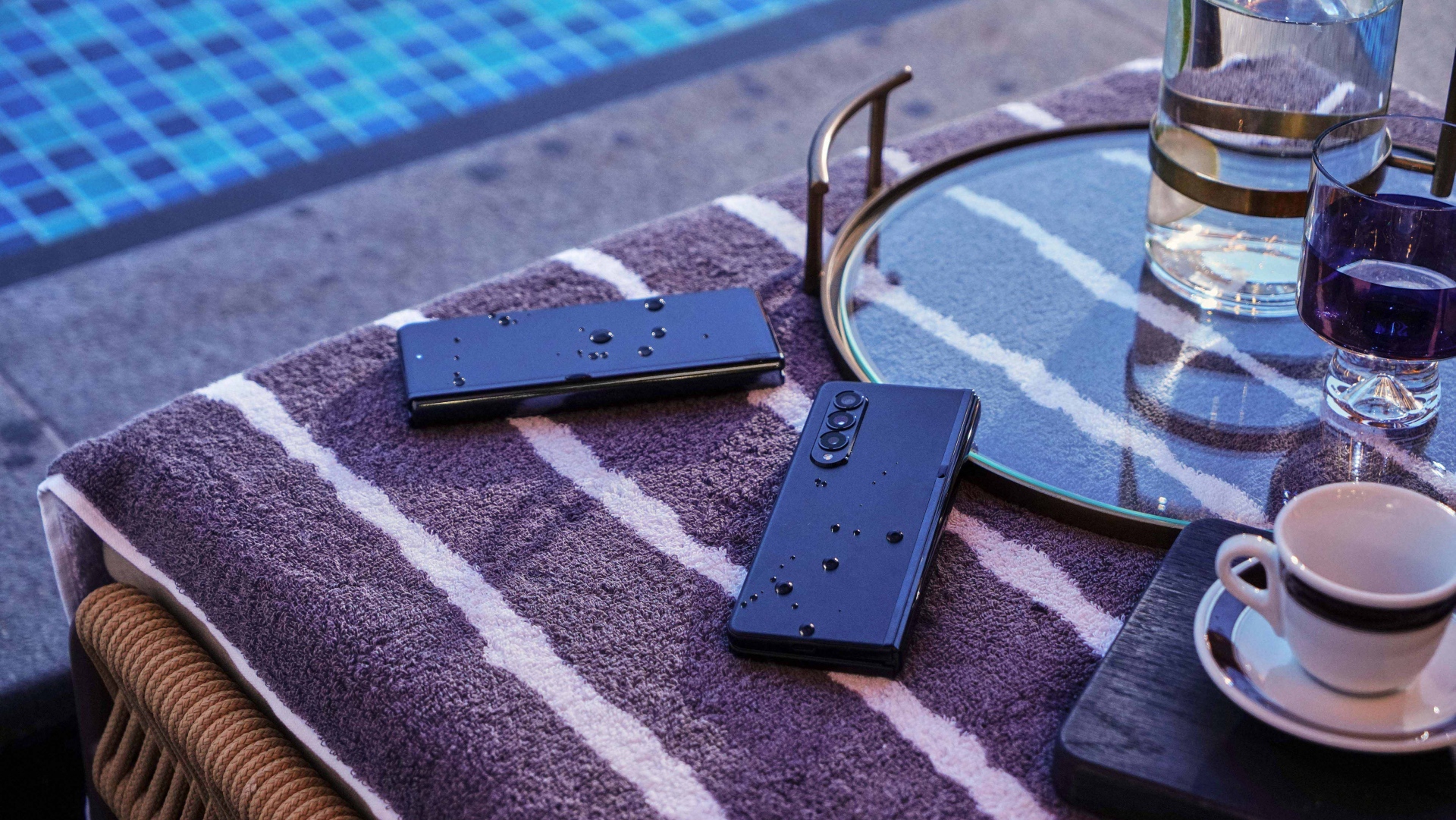
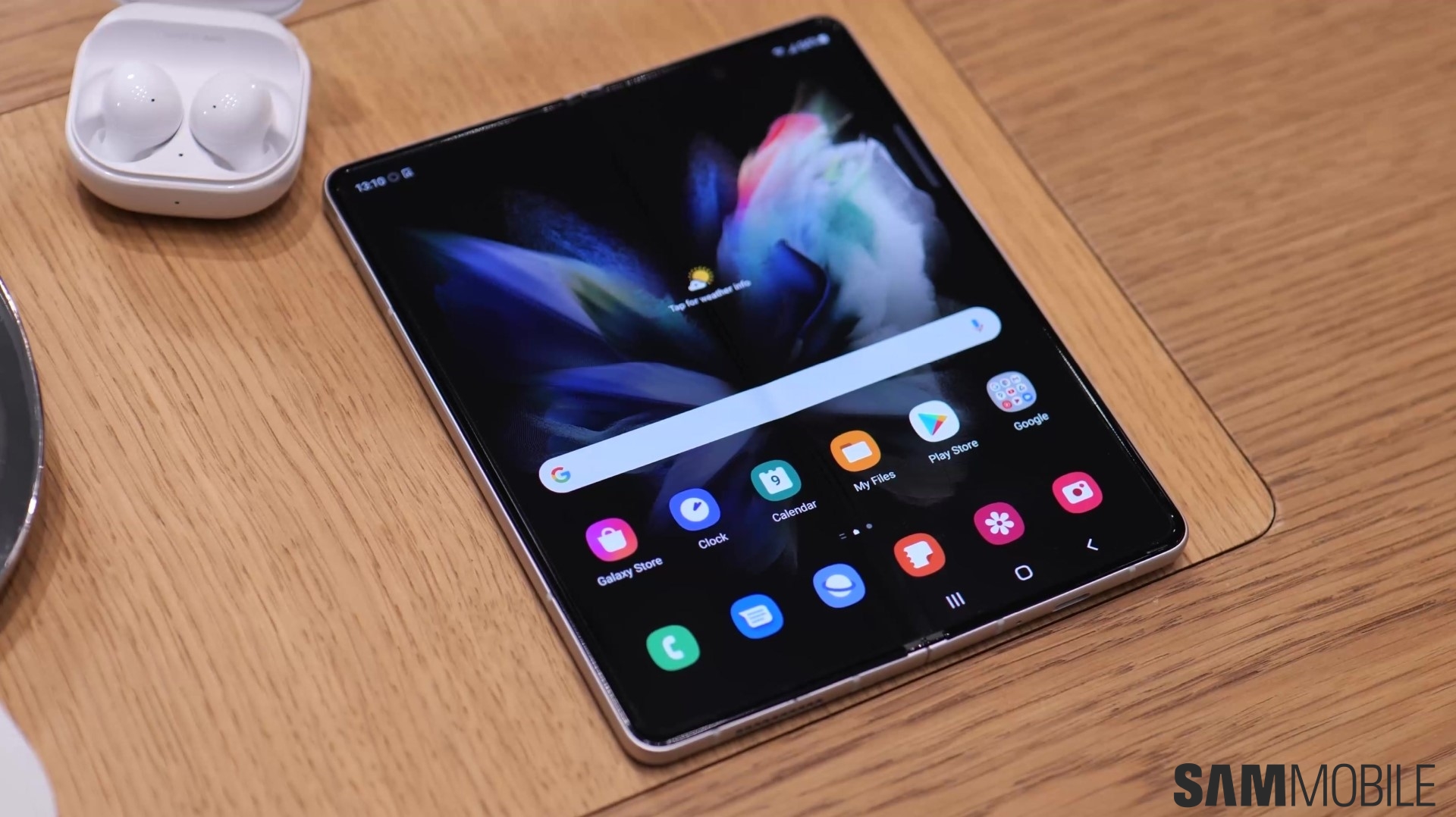
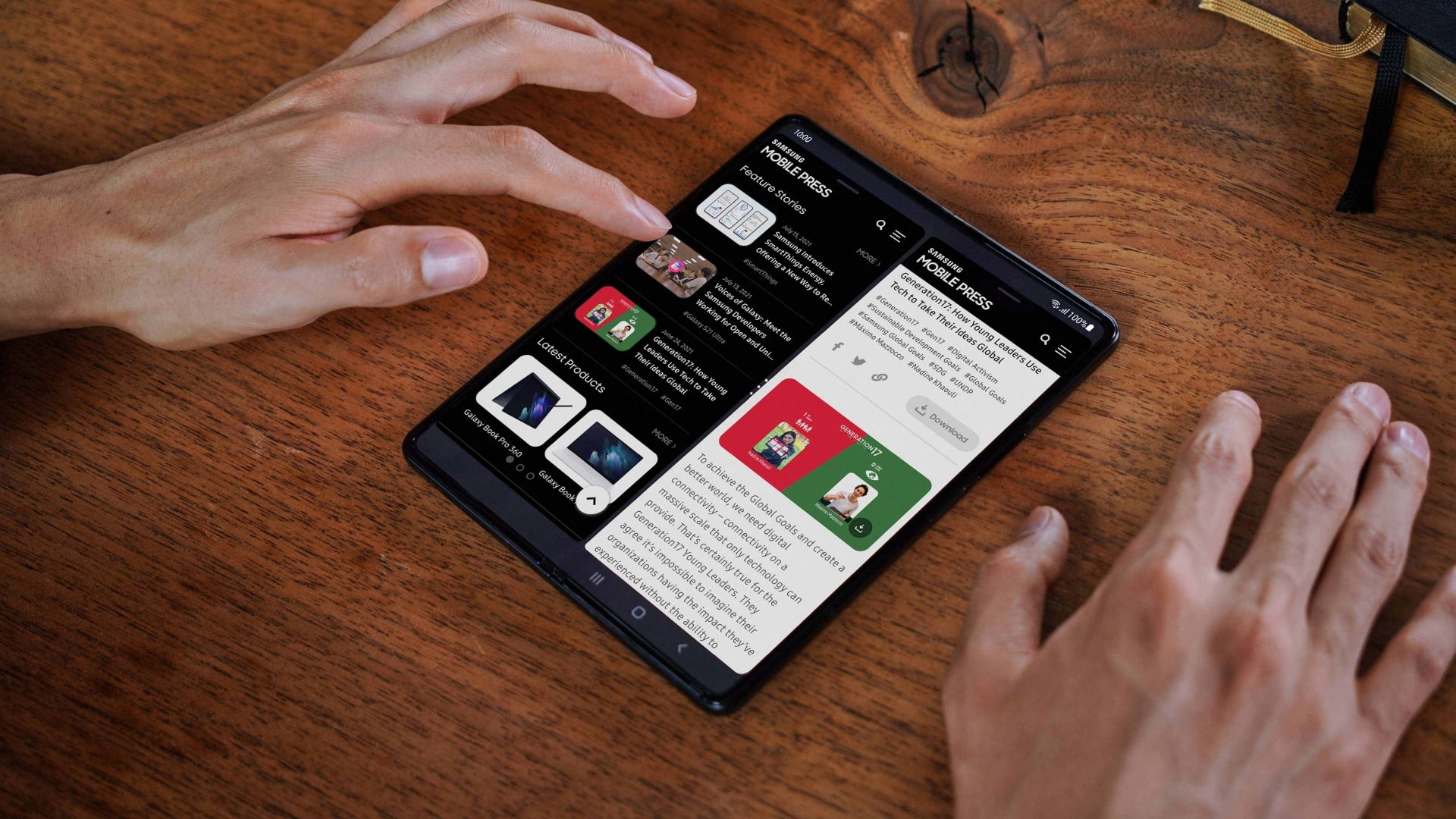
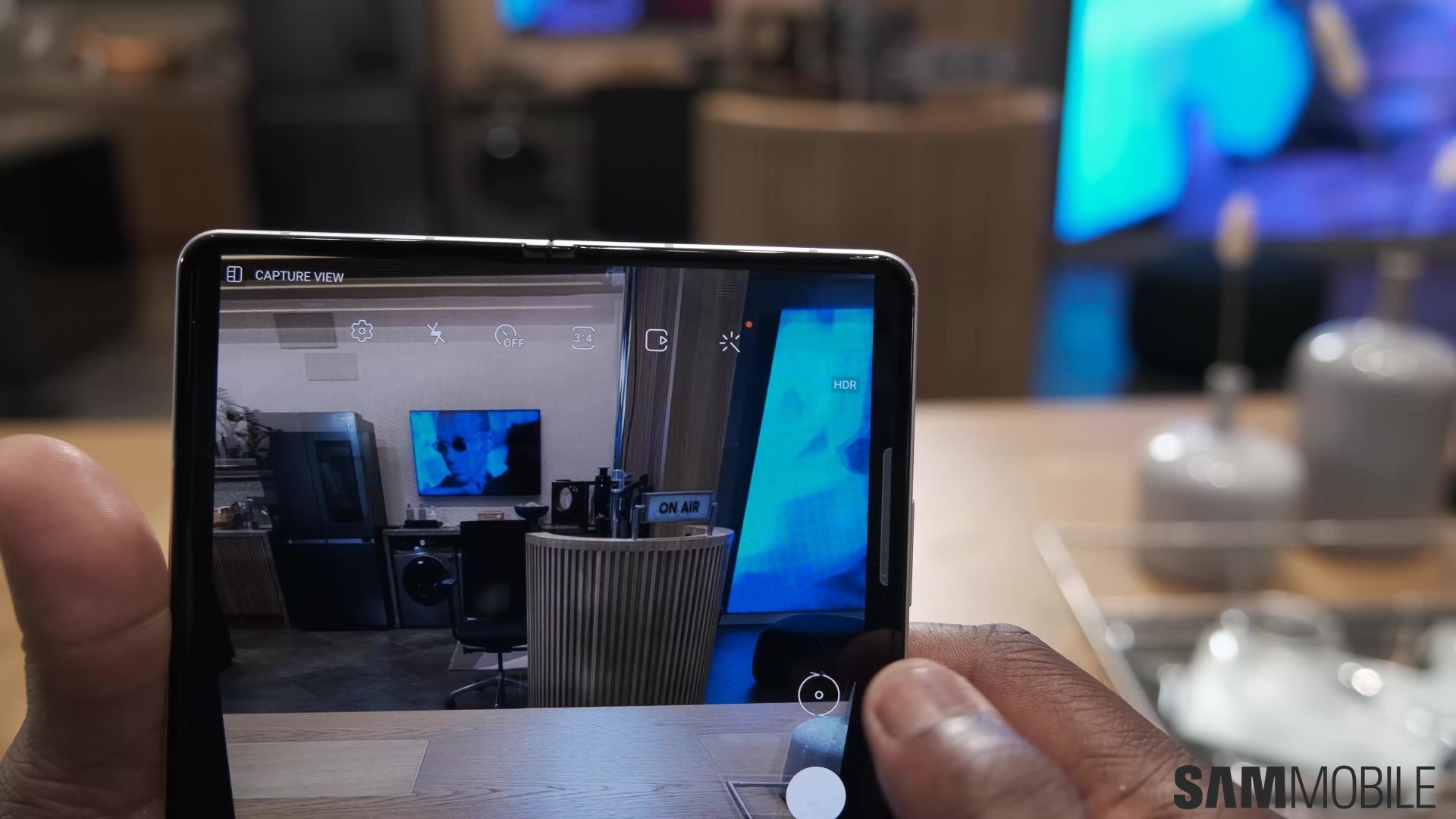

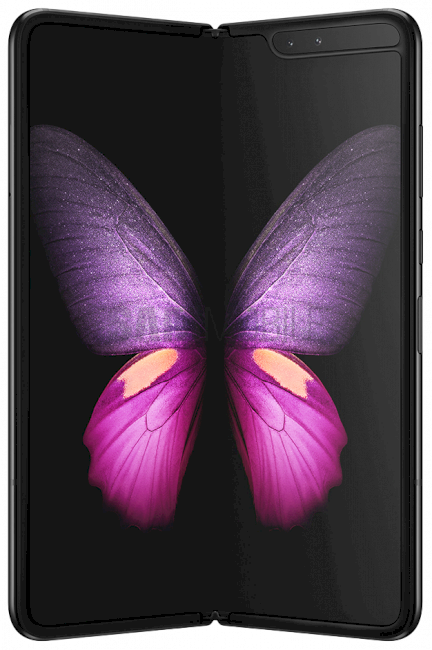
0 comments: